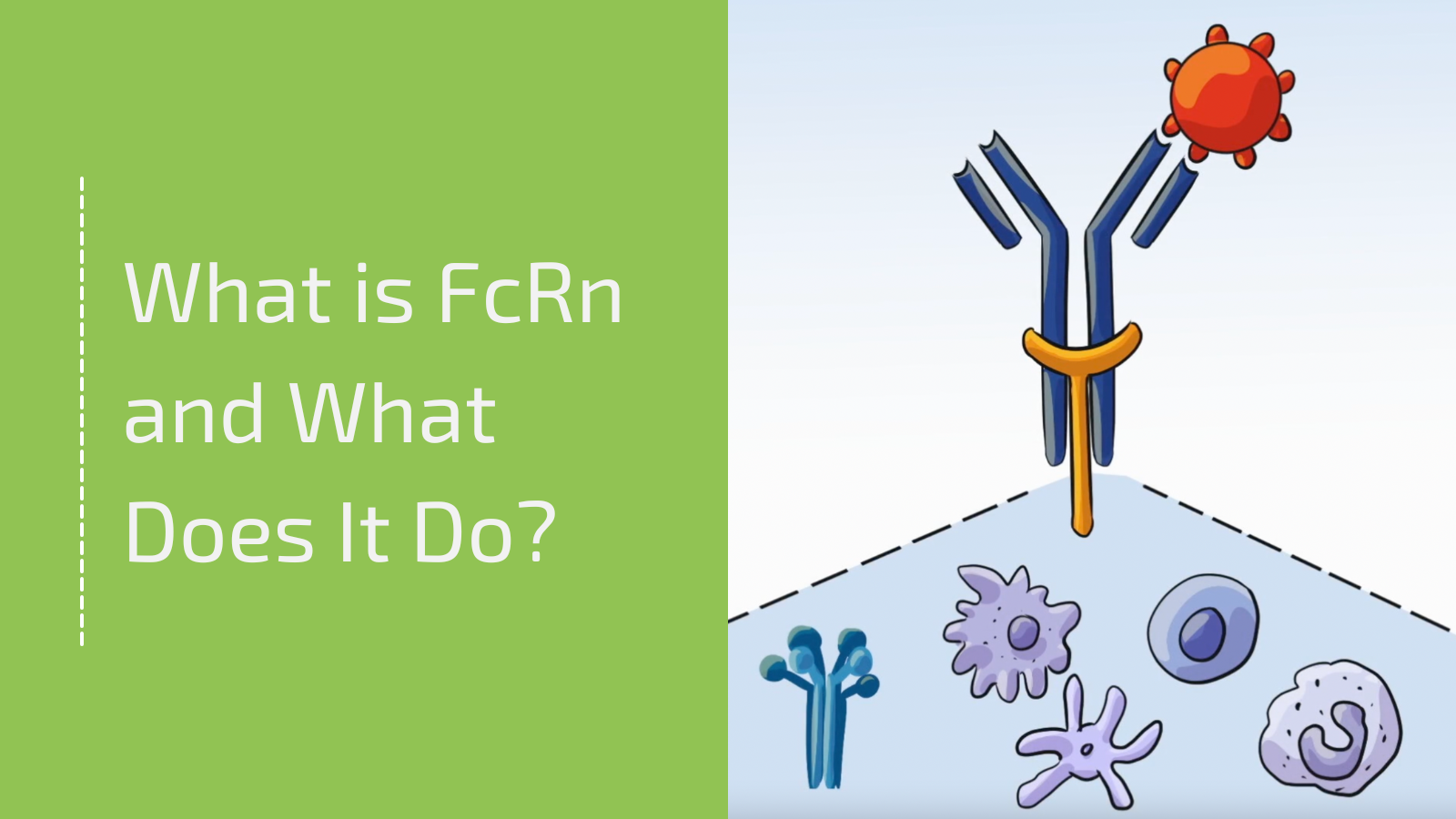What is FcRn? And Could blocking FcRn redefine the treatment of dozens of autoimmune diseases?

Some autoimmune diseases are driven by immunoglobulin G (IgG) antibodies that mistakenly attack different parts of the body. Thanks to an emerging area of science, a new class of medicines may help advance the treatment landscape for many of these diseases, and improve symptoms for numerous people. The approach revolves around a breakthrough discovery about the neonatal Fc receptor (also known as FcRn) and its role in recycling IgG antibodies.
What is FcRn and what does it do?
FcRn – shorthand for “neonatal Fc receptor” – is a protein and Fc receptor found in several types of tissues and cells in the body. It plays a role at two different phases of our lives:
- In early development, FcRn is responsible for passing immunity from mother to child
- Over a person’s lifetime, FcRn helps maintain the number of antibodies present in a person’s body
FcRn recycles some of the immune system’s frontline forces – antibodies called IgGs. These antibodies have binding sites that fit with FcRn receptors, allowing them to avoid degradation. When an IgG antibody connects to an FcRn receptor, it gets recycled back into the bloodstream and stays in circulation. Unfortunately, the IgG recycling functionality of FcRn may also play a major role in many autoimmune diseases.
FcRn and IgG antibodies play a central role in many autoimmune diseases
FcRn blocking may help advance the treatment landscape for many autoimmune disorders.
In the late 1990s, Prof. Sally Ward and her team at the University of Texas Southwestern Medical Center identified the way FcRn receptors bind to IgG antibodies and recycle them into the blood. Years later, Ward and the argenx team began collaborating to find a way to block IgG recycling – hypothesizing that it could mitigate the symptoms of some IgG-mediated autoimmune disorders.
Examples of IgG-Mediated Autoimmune Diseases
| Disease | Type | Symptoms |
|---|---|---|
| gMG (Generalized Myasthenia Gravis) | Neurological | Severe muscle weakness, including difficulty speaking, swallowing, and breathing. |
| ITP (Idiopathic Thrombocytopenic Purpura) | Hematology | Bruising and bleeding |
| PV (Pemphigus Vulgaris) | Dermatological | Blistering of the skin and mucous membranes. |
| CIDP (Chronic inflammatory Demyelinating Polyradiculoneuropathy) | Neurological | Weakness in the arms and legs |
| Bullous Pemphigoid | Dermatological | Large, fluid-filled blisters, often on areas of skin that flex, such as the lower abdomen, upper thighs, and armpits |
| Idiopathic Inflammatory Myositis | Neurological | Muscle inflammation and weakness |
FcRn blockers work by reducing the amount of harmful IgG antibodies in circulation
An FcRn blocker works by binding to FcRn receptors and blocking them, resulting in fewer IgG and harmful IgG antibodies from attaching and getting recycled.
FcRn blockers are designed to block IgG recycling at the source, the FcRn receptor.Reducing IgG antibody circulation by blocking FcRn in autoimmune diseases is an area of ongoing research.

